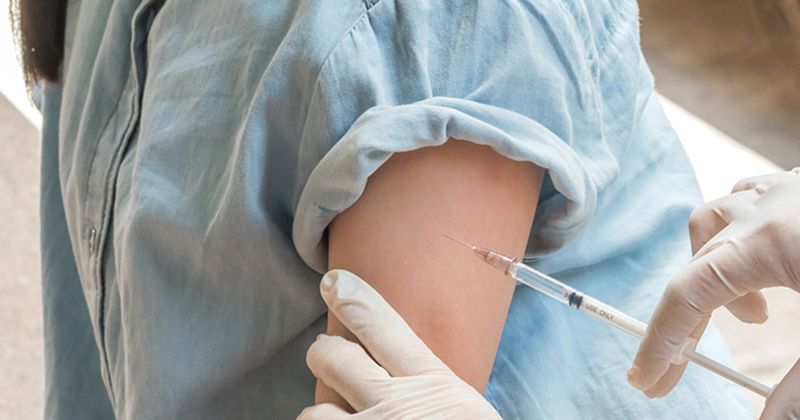Risk for CVST after first COVID-19 shot higher in younger age groups but still low
The risk for cerebral venous sinus thrombosis within 28 days of receiving a first dose of a vector-based COVID-19 vaccine was higher in younger age groups among European populations, according to a study published in Neurology.
Specifically, risk appeared increased after receipt of the ChAdOx1 nCoV-19 (Vaxzevria, AstraZeneca/Oxford) and Ad26.COV2.S (Janssen/Johnson & Johnson) vaccines. However, it remains low when compared with this risk in COVID-19-infected individuals.

“Despite introduction of various strategies for distribution of the adenoviral SARSCoV-2 vaccines, there is still limited information on the absolute risk of [cerebral venous sinus thrombosis (CVST)] and [thrombosis and thrombocytopenia syndrome] after SARS-CoV-2 vaccination, especially within specific age groups. This information is crucial for policymakers, so that evidence-based decisions can be made on whether age restrictions on the use of adenoviral vector SARS-CoV-2 vaccines are justified,” Katarzina Krzywicka, MD, MPhil, of the department of neurology at Amsterdam University Medical Centers, University of Amsterdam, and colleagues wrote.
Researchers sought to assess the risk factors for CVST, with and without thrombocytopenia, following the initial COVID-19 vaccination dose because the syndrome is a rare adverse reaction to any vaccine. Using information culled from 31 countries within the European Medicines Agency database between April 1 and June 10, 2021, they were able to estimate the absolute risk for CVST in four separate vaccinations among 22.8 million adults from 25 countries, broken down by age category.
Results showed that, in recipients of ChAdOx1 nCov-19, the absolute risk for CVST both with and without thrombocytopenia, was the highest among those aged 18 to 24 years. Conversely, CVST risk with thrombocytopenia in ChAdOx1 nCov-19 recipients was lowest in persons aged 70 years or older. Risk for CVST with thrombocytopenia was greater in those aged 60 years or younger compared with those aged older than 60 years.
“This study provides age-stratified estimates for the risk of CVST with and without thrombocytopenia in patients receiving the first dose of the SARS-CoV-2 vaccination ChAdOx1 nCov-19,” Krzywicka and colleagues wrote. “It should be noted that even the highest absolute risk for CVST calculated in our study — 11 (95% CI, 5-23.9) cases per million (in population between 18 and 24 years old vaccinated with ChAdOx1 nCov-19) — is low compared to the rate of 42.8 (95% CI, 28.5-64.2) CVST cases per million recently reported in a study assessing COVID-19-infected individuals.”

